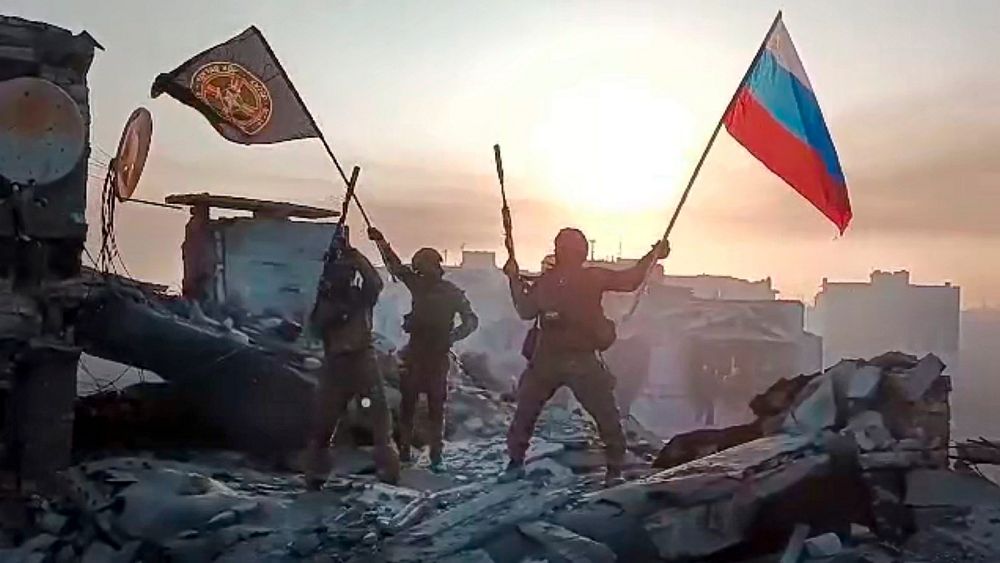
Ukrainian officials acknowledge they now control only a small part of Bakhmut.
But, Ukraine says, their fighters’ presence has played a key role in their strategy of exhausting the Russian military. And they say their current positions in the areas surrounding Bakhmut will let them strike back inside the 400-year-old city.
“Despite the fact that we now control a small part of Bakhmut, the importance of its defense does not lose its relevance,” said General Oleksandr Syrskyi, the commander of ground forces for the Ukrainian Armed Forces. “This gives us the opportunity to enter the city in case of a change in the situation. And it will definitely happen.”
The fog of war makes it impossible to confirm the situation on the ground in Bakhmut. Russia’s defense ministry said Wagner mercenaries backed by Russian troops had seized the city, but Ukraine President Volodymyr Zelenskyy said Bakhmut was not being fully occupied.
In a video posted on Telegram, Wagner head Yevgeny Prigozhin claimed the city came under complete Russian control at about midday Saturday. Holding a Russian flag before a group of at least nine masked fighters in body army who were toting heavy weapons, Prigozhin proclaimed: “This afternoon at 12:00, Bakhmut was completely taken.”
More important for Ukraine has been the high numbers of Russian casualties and sapping of the morale of enemy troops for the the small patch of the 1,500-kilometre front line as Ukraine gears up for a major counteroffensive in the 15-month-old war.
“The enemy failed to surround Bakhmut. They lost part of the heights around the city. The continuing advance of our troops in the suburbs greatly complicates the enemy’s presence,” said Hanna Maliar, Ukraine’s deputy defense minister. “Our troops have taken the city in a semi-encirclement, which gives us the opportunity to destroy the enemy.”
About 55 kilometres north of the Russian-held regional capital of Donetsk, Bakhmut was an important industrial center, surrounded by salt and gypsum mines and home to about 80,000 people before the war, in a country of more than 43 million.
The city, named Artyomovsk after a Bolshevik revolutionary when Ukraine was part of the Soviet Union, was known for its sparkling wine produced in underground caves. It was popular among tourists for its broad tree-lined avenues, lush parks and stately downtown with imposing late 19th century mansions. All are now reduced to a smoldering wasteland.
Fought over so fiercely by Russia and Ukraine in recent months has been Bakhmut’s urban center, where Ukrainian commanders have conceded Moscow controlled more than 90%. But even now, Ukrainian forces are making significant advances near strategic roads through the countryside just outside, chipping away at Russia’s northern and southern flanks by the meter, with the aim of encircling Wagner fighters inside the city.
Ukrainian military leaders say their months-long resistance has been worthwhile because it limited Russia’s capabilities elsewhere and enabled Ukrainian advances.





